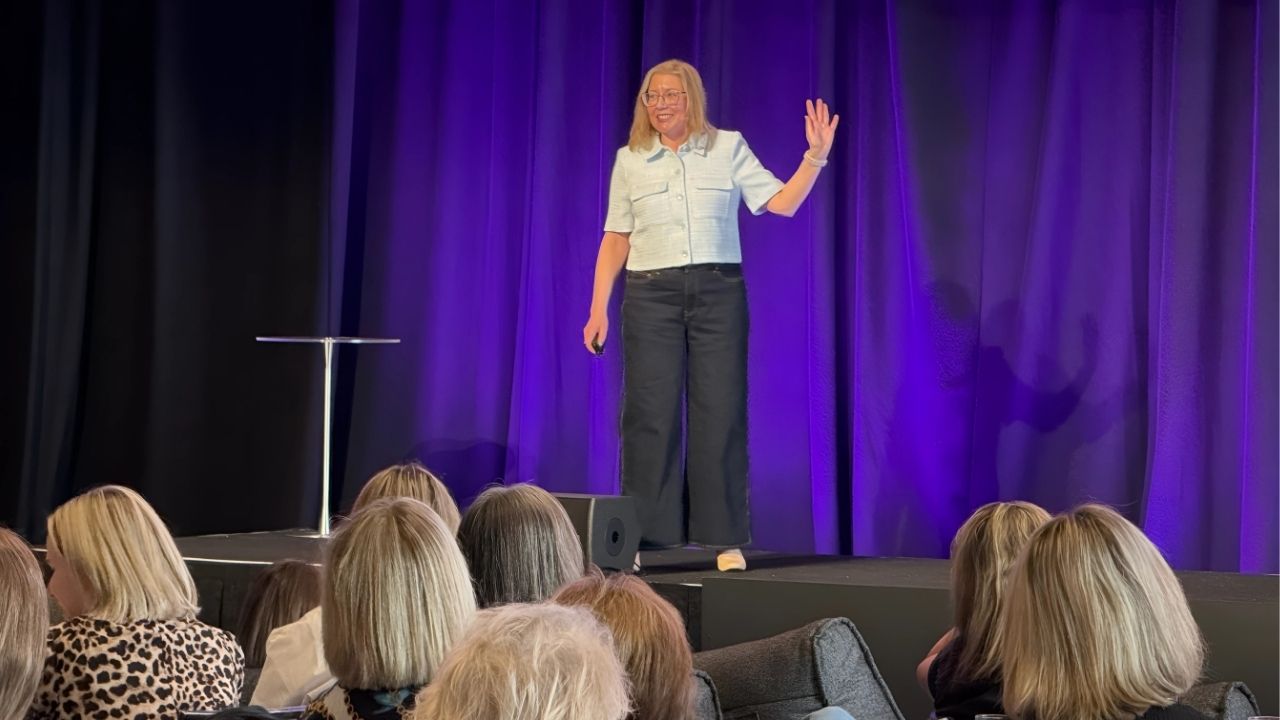Property managers who rotate roles within their teams may be better at handling client complaints than those stuck in silos.
That’s the belief of Sally Monro, Rental Operations Manager at Jas Stephens, who shared her agency’s evolving pod-based structure during her PM/ONE keynote.
The agency manages a portfolio of about 2,600 properties (including 130 commercial sites) in Melbourne’s inner west, with a 25-strong property management team.
Sally explained how Jas Stephens moved away from traditional fixed portfolios toward a structure where small pods of three to four property managers work under a senior mentor.
Team members rotate through tasks like inspections, tenant communications, and maintenance coordination.
This not only prevents burnout but, in her experience, builds faster trust and deeper expertise across the team.
“You might have a different property manager on the end of the phone on a different day,” Sally said, “but you’re gonna get the same service – just a different personality who’s doing it for you. And that builds trust within our team.”
The changes were partly driven by the sweeping updates to Victoria’s Residential Tenancies Act.
Sally said the agency used the moment not just to comply but to rethink its structure altogether—choosing to implement bigger changes rather than the bare minimum.
“You don’t get to be around in business for a hundred years by doing the same thing,” she said.
“We embrace change.”
Sally pointed to one of her favourite long-term landlords, a client in his nineties whose children and grandchildren also entrust their properties to Jas Stephens.
Maintaining trust across generations, she said, requires more than one strong individual manager; it needs a connected, collaborative team that clients feel confident with, even when staff take leave or move on.
The pod model, Sally said, helps eliminate the isolation that often leads property managers to burn out or leave the industry. Junior staff start with inspections but quickly build broader capability by rotating through more complex aspects of the role. Each pod is supported by a senior manager, creating a natural mentoring structure.
“Don’t make it magic and invisible,” Sally said.
“Share the knowledge. Make sure the client understands the process. And make sure your team understands each other, too.”
To support that growth, Jas Stephens allocates $2,000 per year in professional development for every staff member – whether for formal courses or adjacent skills like conflict resolution.
Sally encouraged agencies to invest in their people and rethink traditional silos. While she acknowledged that clients may speak to different team members over time, she believes that transparency and collaboration pay off.
“Our structure works because we’re connected,” she said. “We switch things up, we say thank you, and we support each other every day.”

